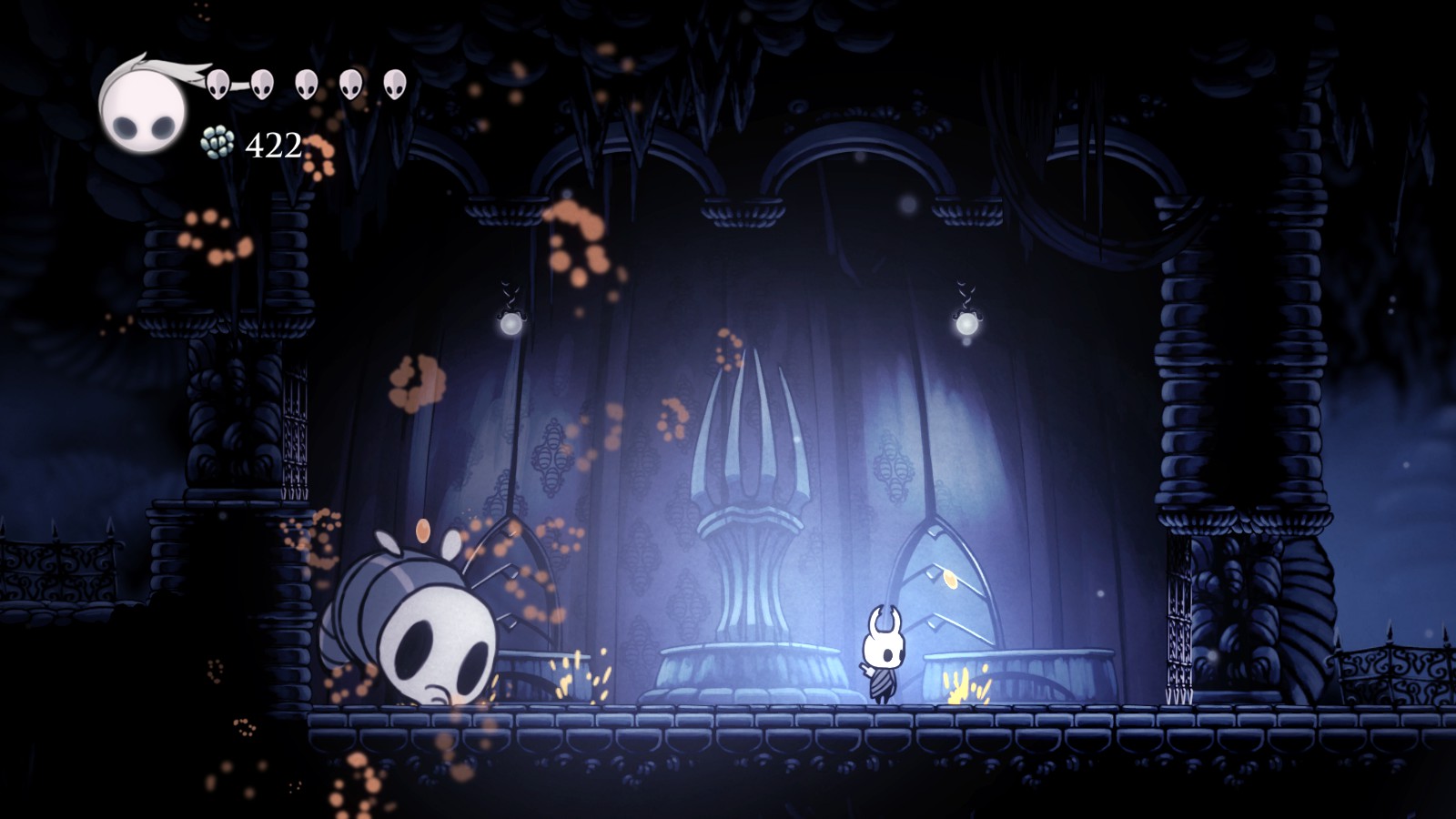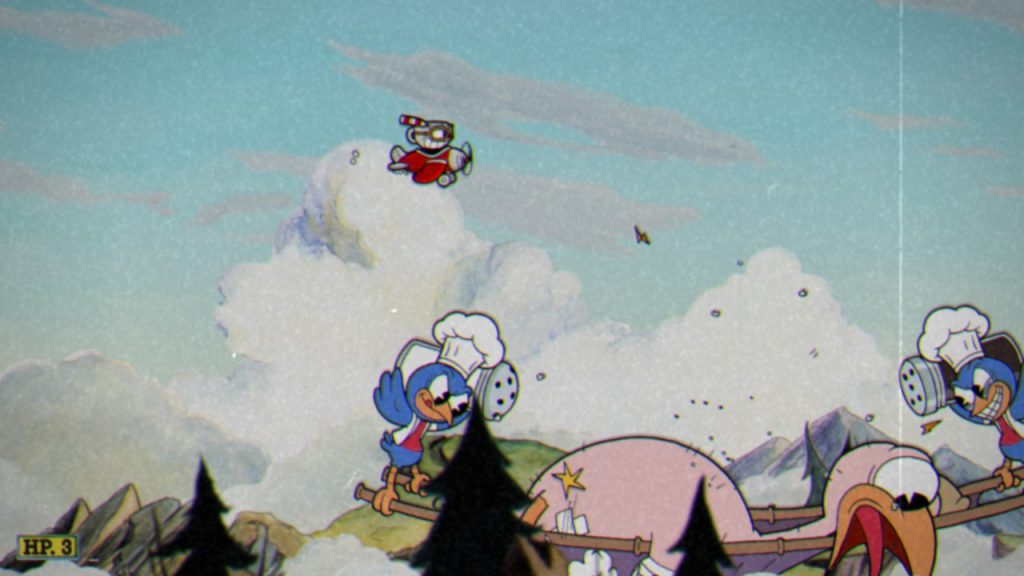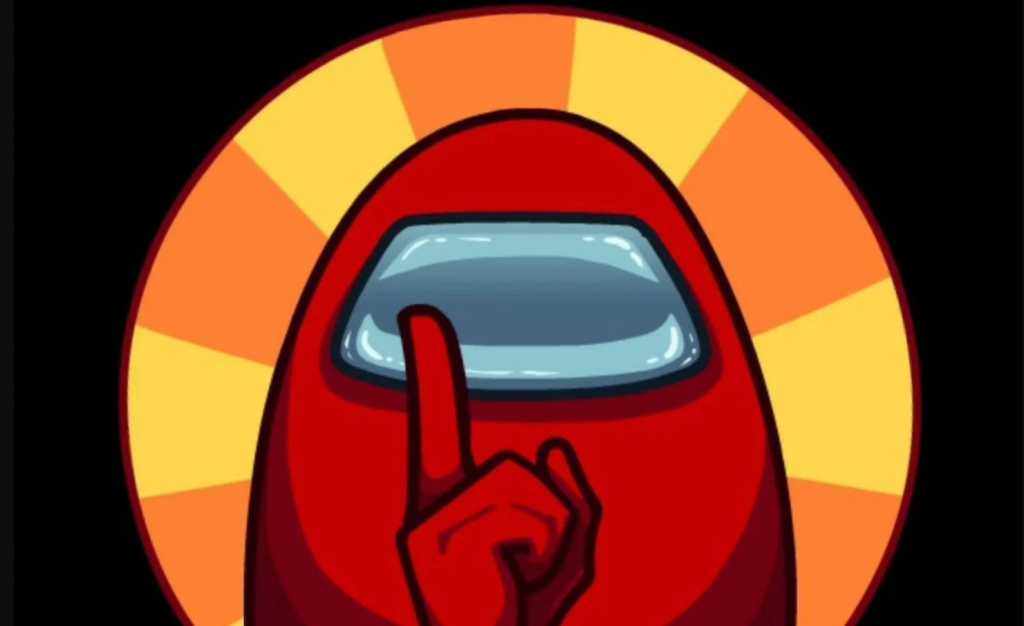A long time ago I wrote an article for Gamasutra talking about how to spot bad games which was critiqued because people felt the list was too subjective and broad for the time. About eight years later and now over 2,000 games played from all corners of the industry, I feel it’s time to revise this topic. For today, we’re going to talk about the basic building blocks of what is not only a successful videogame for today’s market but signs that the game design truly worked.
Game Feel
“Game Feel” is a term to describe how a game feels in the player’s hands and represents what it’s like to actually play the game. It doesn’t matter what genre you’re designing for or your intended audience, if your game doesn’t feel right to play, people aren’t going to stick around.
Some of you reading this may think that complex or deep games are a positive here, and you may be surprised to know that they’re not. No videogame should be hard to control, and a confusing or poorly thought out UI is often the first red flag of an experience. A game that is simple to learn and challenging to master is always the goal of good game feel. Therefore I continue to harp on the importance of UI/UX and getting playtesters on your game. Pain points are often the antithesis of good game feel, and the big ones that often end up frustrating players come with the UI/UX. A bad control scheme can ruin a game even before someone starts to play the game.
For RPG or abstracted titles, game feel is also about how menus are set up, information is displayed that they need to know, and does the player feel like they know what’s happening. It’s easy to think that if your game is turn-based that you don’t need to worry so much about the UI because the player has all the time to process what’s happening. However, turn-based design really lives or dies by their UI, as that’s the player’s only window into figuring out how to play. Your game could have the deepest, most interesting game systems of any strategy game, but if the player has no idea what’s happening because of the UI, then none of it matters.
Action-based games are not exempt from game feel, although it is a little easier for them. Surprisingly, this is a category where I tend to see newer developers succeed even if they don’t have much design experience with the genre or even with the industry. I tend to chalk it up to having played so many good and bad examples to draw from when designing.
Good action-based gameplay can be drilled down to a basic tenet — the action on the screen should be 1:1 to the buttons pressed by the player. What that means is the player should be in complete control over their character and nothing should be happening that the player did not input.
I’ve played plenty of platformers and action games where the general feel is sluggish — the character doesn’t perform an action when I push the button, gets stuck in long or short animations, or I feel like I’m fighting the controls. You can have input buffering, as with soulslikes, but your game should still be close to a 1:1 ratio. Often, good game feel in action games is about deciding on the mechanics first, playtesting and iterating on them until they feel right, and then building the game space to fully capitalize on it.
A few years ago I would have argued that you can have a game where things feel purposely sluggish if you were trying to represent someone who isn’t a master fighter/soldier, etc. However, in today’s market, I feel that is just a poor excuse. Part of our overall topic in this post is that you are no longer designing games in a vacuum. If someone finds a problem in your game, they can just switch over to any of the other dozen/hundreds of games in their library and return your title.
There are too many developers who adhere to a poor UI as part of the game experience, and that is one of the biggest mistakes you can make in terms of game feel — If your game feel is terrible, then your game is terrible. There are far more creative ways to have a “weaker” character without hurting your game feel, and conversely, has been a part of the successful games that have elevated their genres.
The days where you could make a survival horror game frustrating to play, and write it off as part of the experience are over. This point also relates to story-driven titles and is another trap for developers. Even if your entire gameplay is just walking around and solving basic puzzles, that is not an excuse to make the feel of exploring the world poor, or cumbersome to interact with the environment. There are games where the player must wander around huge environments with either a limited run or no running ability that just pads out the tedium. I would argue that a narrative game should have an amazing game feel because there are fewer mechanics to design and balance.
As I said a few paragraphs up, there are designers who early in their game dev careers nail the feel of their first games, unfortunately, they often slip up for our next topic.
Presentation
“Presentation” for our purpose today is going to define everything about the look and aesthetics of your game. Videogames are a visual medium, and being able to present your game to the consumer is often overlooked by new developers. The “art” side of a videogame can be either quite easy or exceedingly difficult depending on your background. Our chief problem when describing the presentation of a game is that art is subjective, so how can we put a label on a game to say that it has good or bad presentation?
What we have seen over the last decade is the difference between a game that the art of the title is simply there as assets vs. a developer exploring what they can do within the constraints of their style. Take pixel art as an example, there is a monumental difference between good and bad pixel art in terms of look and animation. As I’ve said countless times, if you’re trying to emulate classic games and your game looks worse than them, then you have a big problem.
We have all heard the complaint of “asset store rip off” to describe the look of a game when it appears to be low quality, even if the developer made (or retouched) all the assets. If things looked mismatched, not enough was done to change the assets, or things simply look low quality, people are going to view your game as low quality. I’m about to say something very mean to every developer reading this, but it needs to be said:
General consumers are not going to buy ugly looking games
There is a lot to unpack with that damning statement. For myself, I can look past any issues with art and aesthetics to examine the gameplay underneath, and how I find a lot of my hidden gems each year. For most people, however, they’re not going to give your game one second of their time if your game doesn’t look presentable. I know there are a lot of developers out there who are programmers first, artists maybe third or fourth down the line, and let’s face it: art is hard to do right. But in today’s market with the consumers buying games, they’re looking for quality, whether your game is 20 minutes or 20 hours long it doesn’t matter.
The quickest way for someone to judge a game is on its art, unfortunately, and often why games that have good art over good mechanics tend to do better market-wise.
A solid aesthetic for your game can go a long way towards getting people interested in it. All it can take is one well-done trailer featuring a unique look or art style to quickly elevate a game in the consumer’s eyes (see Cuphead’s announcement for instance). Of course, it is easier to show off art and theme compared to gameplay.
There is one other aspect of the presentation that is often overlooked and not discussed in this capacity — Are there noticeable bugs in your title? From big examples like the game crashing to minor ones like characters clipping through objects. This is another point that could prove to be divisive, but the days in which consumers would ignore major, or even minor, bugs are over. Anything that lowers the quality of the presentation of your title is a major red flag to the consumer.
People want to play a game that looks like the developer put a lot into it, not something that fell off the back of a metaphorical truck. Good presentation gets people to check out your game, good game feel and design is what keeps them playing and not refunding your title.
What we’ve talked about so far are elements that designers can understand and work to improve, but there is one that is often the most damning for any videogame.
Marketing
To explore the entirety of marketing a successful game is beyond the scope of this piece and my own experience — I study game design, not marketing. However, for every developer large and small reading this right now, you need to have someone in your corner who gets it. You can do everything right about the first two points of this post, and still fail horribly if no one knows about your game.
We have said this countless times, but any developer who refuses to market their game because they view it as “selling out” is not going to last in this industry. I go back to a quote from my friend Z over at Serenity Forge, “There is as much art in the business as there is business in the art.”
People often gloss over the impact of marketing and PR has on the success of a videogame, and only tend to understand the results, not the work itself. There is a reason why games like Darkest Dungeon, Slay the Spire, and Disco Elysium blew up, and it wasn’t just for their gameplay. The developers did the work of putting together attractive marketing campaigns, reaching out to people, and making sure that the world knew about their respective titles.
Again, all three of those games were amazing on their own, but that became a part of their marketing plans, not the only element. You should be planning the marketing of your game as soon as you have something playable for people to look at. Some people tend to think that successful games just “magically appear” one day, but I can tell you from experience that the games that blow up like that had weeks or months of marketing their games and reaching out for coverage. Making sure you have a landing page for your title and company, press kits, and general contact information, are just some of the marketing 100 things you need to do.
The Truth of Videogame Success
It’s time for one more salient point for this piece: Games that truly succeed do everything that we’ve talked about today correctly, not just one or two. I have personally played many games that have great game feel to them, but the presentation was lacking and there was no marketing to them. There are games that have great gameplay and presentation but did truly little marketing and most people didn’t hear about them. There are games that did a good job of marketing with a good look, but their gameplay was poor and people didn’t stick around.
There are three comments I want to address, as I feel people are going to leave them after reading this post.
The first has to do with lucky breaks like Five Nights at Freddy’s and Among Us — games that managed to blow up in a big way thanks to outside forces. Luck is something you never want to gamble your studio on, and why the three points mentioned here are important. With Five Nights, it has been said that Scott had been making games for around 20 years before he struck gold with it.
I know at this very moment there is someone out there thinking that they can (and should) emulate Among Us and build a game that is just like it because that’s the game everyone is talking about. Here’s the truth as bluntly as I can put it: Among Us was a commercial failure. No studio should be designing their game under the idea that no one will buy it for two years and then it gets picked up by famous streamers and blows up. I’m saying this bluntly because I have seen way too many indie developers chase after popular games without understanding why they’re popular and what they did right/wrong, and often end up failing in the process.
The second point has to do with passion projects or one-hit wonders like Dwarf Fortress, Minecraft, or Factorio, who spent an awfully long time in development. Passion is both a major source of inspiration in game dev, and unfortunately can be blinding to the actual work that goes into a successful game. Understanding what you want to make vs. what you can make are often different. No developer should make their dream game as their first title without any experience when it comes to game dev. Passion projects end up turning into incredibly long dev cycles, and sadly, rarely are able to support their cost.
Building your entire studio on the hopeful mega-success of one game is another easy path to failure. The games I just mentioned are exceptions to the rule. For most of you reading this, you are not going to have that multi-million dollar game that succeeds on all fronts; I’m not trying to be mean, that’s just the law of averages here.
And the final comment is especially important to discuss. I know there is someone out there who is going to write something like the following: “My “ugly” unknown games get hundreds of sales and earn me enough money to live from, so who the **** are you to tell me how to design a videogame?” In my previous post about understanding and celebrating game criticism, I talked about why developers need to do anything and everything they can to mitigate the risks of releasing a game.
If you are earning enough money and don’t care about turning working on games into a commercial business, then you can ignore everything that I say. What I talk about is for people who are trying to earn a living and grow in this industry. This is not for people who have “made it” — having years of successful games and a sizable fanbase who will support them no matter what. A company cannot continue to grow and improve if it’s not extending and building its audience and consumer base. If you can make simple changes that can start attracting people to your studio and titles, that can lead to more sales and better security in the industry. As a company, you don’t want a reach of 200 fans that you need to guarantee every single one of them buys your titles in order to stay in business. What you want is to have a fanbase several times more than that, and only needing a fraction of them to buy your game for it to be considered a success.
I have said this many times — the bar of quality for videogames has grown. You cannot just design a game in a vacuum and hope that it does well. Not every game is going to be the next Minecraft, and building a successful game company will require more than one game. By focusing on the points that we’ve outlined today, you can see how to improve yourself and do more to get your games out there.
If you enjoyed my post, consider joining the Game-Wisdom discord channel open to everyone.




